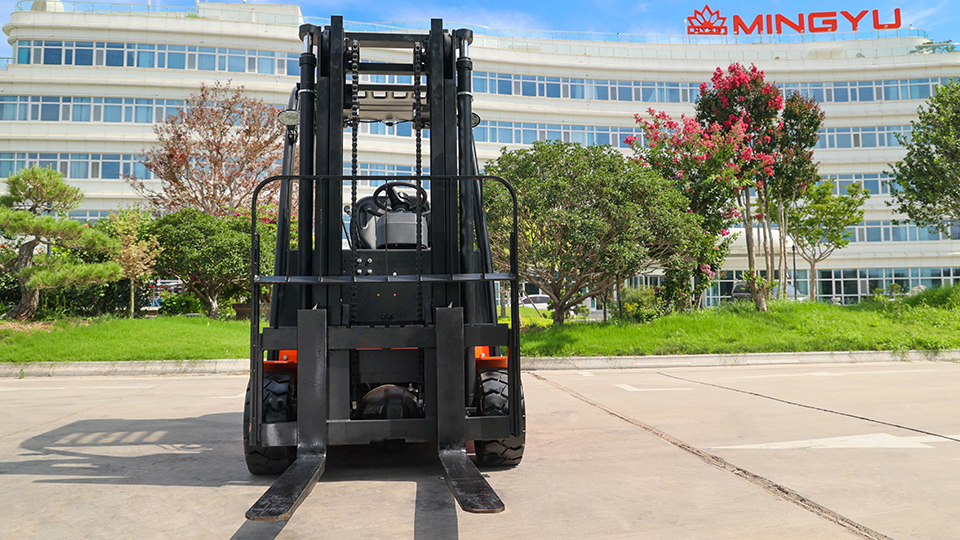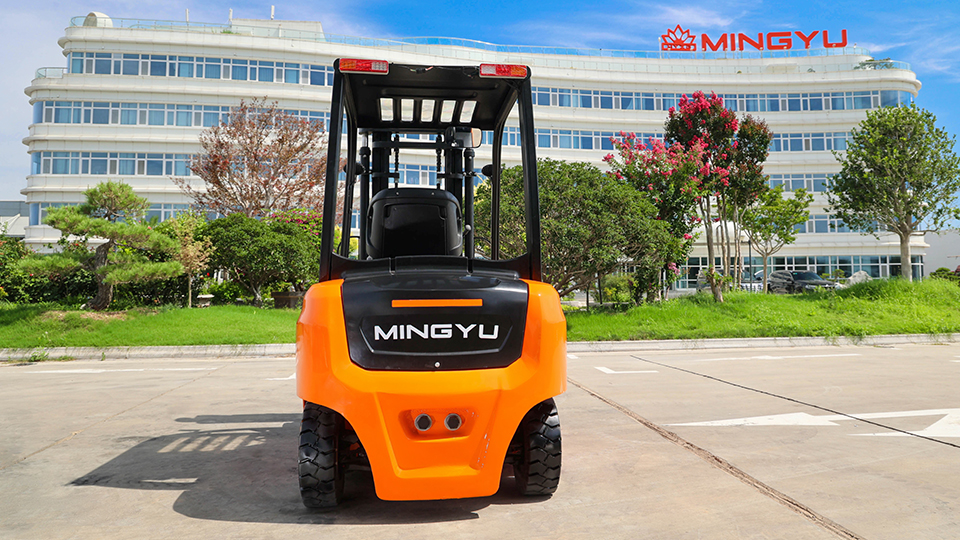
A forklift certification, also known as a license or operator's permit, is mandatory in Texas for anyone who wants to operate a forklift in a professional capacity. It's a critical safety measure mandated by the Occupational Safety and Health Administration (OSHA) to ensure that operators have the knowledge and skills to operate these powerful machines safely and efficiently. The certification process involves both classroom instruction and a hands-on practical evaluation.
The Two-Part Certification Process
The process to get your forklift certification in Texas is divided into two main parts:
Classroom Training (Formal Instruction): This part focuses on the theoretical aspects of forklift operation. The training can be done online, in a classroom setting, or a combination of both.
Practical Evaluation (Hands-on Training): This is where you apply the knowledge you learned in the classroom. You'll operate a forklift under the supervision of a qualified instructor and demonstrate your ability to perform various tasks safely.
Step-by-Step Guide to Getting Your Forklift Certification in Texas
Step 1: Meet the Basic Requirements
To be eligible for a forklift certification in Texas, you generally need to meet the following criteria:
Age: You must be at least 18 years old. This is an OSHA requirement for operating heavy machinery.
Language: You should be able to read and understand the training materials, which are typically in English.
Physical and Mental Fitness: You should be in good physical and mental condition to operate a forklift safely. This includes having good vision, hearing, and motor skills. Some employers may require a physical examination.

Step 2: Choose a Training Program
There are several options for getting your forklift training in Texas. Your choice will depend on your schedule, budget, and learning style.
Online Certification: This is a popular and flexible option. Online courses allow you to complete the formal instruction at your own pace from anywhere. Many reputable companies offer OSHA-compliant online courses for Texas.
In-person Training Centers: Many vocational schools and training centers in Texas offer in-person forklift certification classes. This can be a good option if you prefer a structured learning environment and immediate access to an instructor.
Employer-Provided Training: If you are already employed or have a job offer that requires you to operate a forklift, your employer is legally obligated to provide the necessary training and certification. This is often the most convenient and cost-effective option.
Step 3: Complete the Formal Instruction
The formal instruction component of the training covers a wide range of topics essential for safe forklift operation. The training will cover:
OSHA Regulations: Understanding the specific rules and regulations that govern forklift operation in the workplace.
Forklift Anatomy: Learning about the different parts of a forklift, their functions, and how to perform a pre-shift inspection.
Safety Procedures: This is a critical part of the training. Topics include safe lifting techniques, proper load handling, and avoiding hazards.
Stability Triangle: Understanding the concept of the stability triangle and how it relates to the forklift's center of gravity and safe operation.
Fueling and Charging: Learning how to safely refuel gasoline, propane, and diesel forklifts, as well as how to charge electric forklifts.
Workplace Hazards: Identifying and mitigating common workplace hazards such as ramps, pedestrian traffic, and poor lighting.
Load Capacity and Data Plates: Understanding how to read a forklift's data plate to determine its maximum load capacity and other important information.
Step 4: Pass the Written Exam
After completing the formal instruction, you will be required to pass a written exam. This exam tests your understanding of the concepts covered in the classroom training. Most exams are multiple-choice and require a passing score of at least 70-80%. Don't worry if you don't pass on the first try; many training providers allow you to retake the exam.
Step 5: Complete the Practical Evaluation
This is the hands-on portion of the training. You will be evaluated by a certified trainer on your ability to operate a forklift safely and proficiently. The evaluation will include:
Pre-shift Inspection: You'll demonstrate your ability to perform a thorough pre-shift inspection of the forklift.
Operational Skills: The instructor will observe you as you perform tasks such as driving forward and backward, turning, lifting and lowering loads, and stacking pallets.
Safety Procedures: You'll be evaluated on your adherence to safety protocols, such as using the horn, looking in the direction of travel, and maintaining a safe distance from other vehicles and pedestrians.
Step 6: Receive Your Certification
Once you have successfully completed both the written exam and the practical evaluation, you will receive your forklift certification. The certification will include your name, the date of training, and the name of the certifying organization.

Certification Renewal
A forklift certification is not a one-time thing. OSHA requires that operators be recertified every three years. You will also need to be recertified if:
You are involved in a near-miss or accident.
You receive a poor performance evaluation.
You are assigned to operate a different type of forklift.
Workplace conditions change that could affect the safe operation of the forklift.
This recertification process is similar to the initial training but may be a condensed version.
Why Certification is So Important
A forklift certification isn't just a piece of paper; it's a critical tool for promoting workplace safety and efficiency.
Safety: The primary purpose of certification is to prevent accidents, injuries, and fatalities in the workplace.
Legal Compliance: Without proper certification, an employer could face significant fines and penalties from OSHA.
Job Opportunities: Most employers in Texas will not hire an uncertified forklift operator. Having your certification makes you a more attractive candidate and can lead to higher wages.
Increased Productivity: Certified operators are more efficient and less likely to cause damage to products, equipment, or the facility.
Common Types of Forklifts
While the certification process is similar for most types of forklifts, you should be aware of the different categories.
Class I (Electric Motor Rider Trucks): These are counterbalanced trucks that are good for indoor use due to their lack of emissions.
Class II (Electric Motor Narrow Aisle Trucks): Designed for tight spaces, these include reach trucks and order pickers.
Class III (Electric Motor Hand or Hand/Rider Trucks): These are commonly known as pallet jacks.
Class IV (Internal Combustion Engine Trucks with Solid Tires): These are common in warehouses and are powered by gasoline, diesel, or propane.
Class V (Internal Combustion Engine Trucks with Pneumatic Tires): These are similar to Class IV but are better suited for outdoor use on uneven surfaces.
Class VI (Electric and Internal Combustion Engine Tractors): These are used for towing loads.
Class VII (Rough Terrain Forklift Trucks): Designed for construction sites and other rough outdoor environments.
Conclusion
Getting a forklift certification in Texas is a straightforward process that is essential for both your safety and your career. By following the steps outlined in this guide—from understanding the basic requirements to completing both the formal instruction and practical evaluation—you can become a certified and competent forklift operator. Remember that safety is the number one priority, and your certification is the key to demonstrating your commitment to a safe and productive work environment.
Name: selena
Mobile:+86-13176910558
Tel:+86-0535-2090977
Whatsapp:8613181602336
Email:vip@mingyuforklift.com
Add:Xiaqiu Town, Laizhou, Yantai City, Shandong Province, China